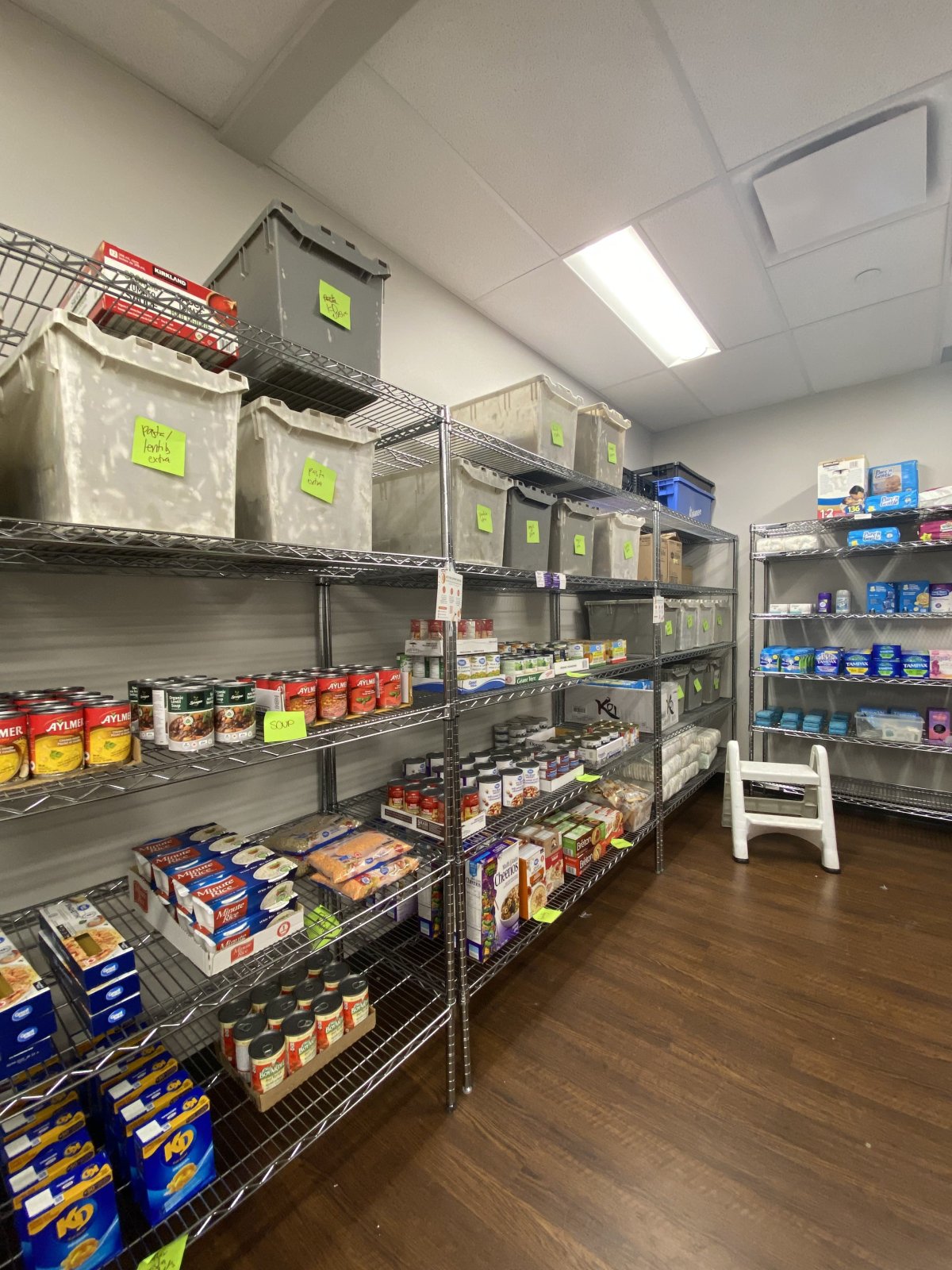Editor’s note: A previous version of this story stated 40 % of Western students are identified as food insecure. However, 40 % of Canadian post-secondary students are identified as food insecure. We have corrected the story and regret the error.

The University Students’ Council (USC) food centre is reporting a 600% year-to-year increase in Western students requiring their assistance.
The USC has been experiencing an increase in traffic at the food banks as inflation continues, but the food centre is struggling to keep up with the demand.
Bianca Gouveia, the vice-president of student services and who oversees the food support centre, says food insecurity on campus isn’t just food prices, but also the overall cost of living.
“A lot of students are using food as a way to cut back on their budget when they can’t on rent, on utilities and things like that,” says Gouveia. “How much you spend at the grocery store is something you’re able to control.”
A reason for many students being considered food insecure is cutting back while grocery shopping. If they could purchase everything they wanted and needed, while also not worrying about bills or rent, then they would be considered food secure.
The USC also provides a discreet hamper service for students to pick up without experiencing any stigma of getting help. Western’s Society of Graduate Students (SOGS) also provides graduate students with vouchers to pick up groceries from Metro and other retailers but has only been able to allot around 25 dollars per semester, per student.
- As Canada’s tax deadline nears, what happens if you don’t file your return?
- Posters promoting ‘Steal From Loblaws Day’ are circulating. How did we get here?
- Drumheller hoping to break record for ‘largest gathering of people dressed as dinosaurs’
- Planning a summer trip to Quebec’s Îles-de-la-Madeleine? You’ll have to pay up
“There can be stigma around food insecurity and stigma around accessing resources to aid in food insecurity,” says Gouveia. “So, we try to keep it as seamless and as painless of a process as possible.”
To get a hamper, students fill out an online form with any requests they have, which are usually fulfilled in 24 hours, according to the Food Support Services website. The service then provides them with the option to pick it up from campus or a confidential locker, located in the basement of the University Community Centre.
“Our food hampers provide five to seven days of non-perishable food items for students, and we’ve had over 1,700 hampers given out since the start of the school year,” says Gouveia. “Last year, the total number for the entire year was around 750, and that was with less food provided as well.”
In addition to hampers, undergraduate students can walk into the discreet food bank on campus and grab items they need, so there is a wide variety of ways they can access services if they are facing food insecurity, according to Gouveia.
“We have not had a waitlist this year, and we have pretty lenient rules regarding how often you can request a hamper,” says Gouveia. “The only guideline we have to request a hamper is you can request one once a week, and if you have dependents, you can request two a week.”
Food services on campus are unlike financial aid services in that students do not need to fit in a certain demographic or economic bracket.
“We trust that when you are coming in for the service, or applying for a hamper, that this is something you need,” says Gouveia.
The USC also accepts donations like the London Food Bank and other centres around the city. The food bank is in the University Community Centre, Room 40, and the hamper forms are available on the USC website.








Comments